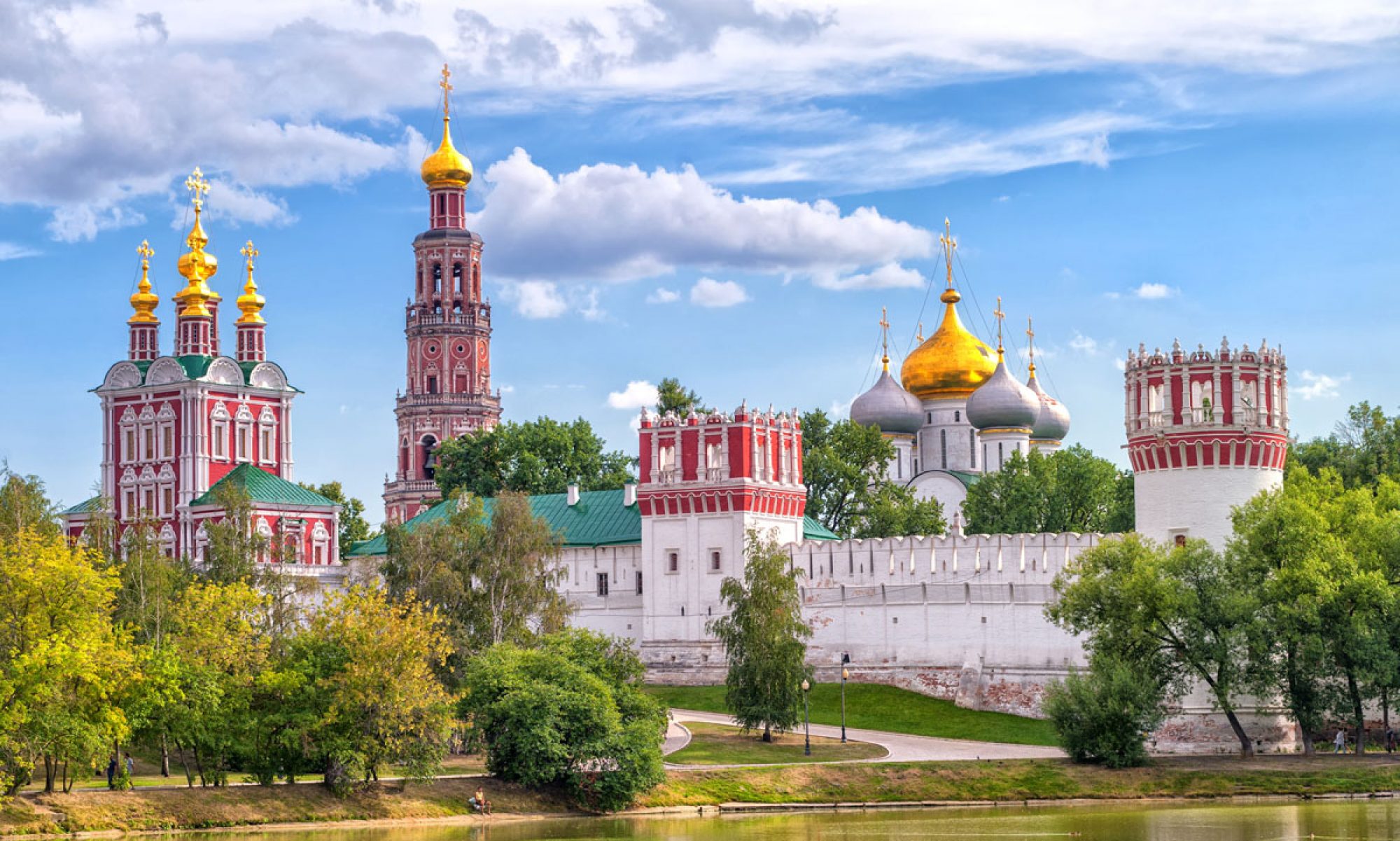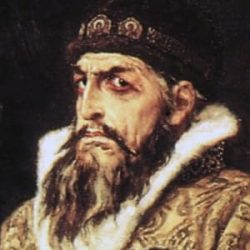After the death of Peter the Great Russia was left in a state of disputability due to him not naming an heir. This caused the throne to have a total of six rulers over the course of the next thirty-seven years. While these short rules was an unfortunate reality due to the short lifespans of the time, the problems that were caused as a result were further escalated due to the largely differing ruler of these six individuals. The most notable of these rulers being, Anne, Elizabeth, and Peter III. Anne was the daughter of Peter the Great’s half brother Ivan V, and she agreed to take the throne under a list of “Conditions” which was set by the Supreme Privy Council. However, after Anne’s accession to the throne she disregarded the “Conditions” and abolished the Supreme Privy Council. Additionally she tended to favor her German patrons, and was know for normalizing an excessive amount of luxury within the nobles of the state. Elizabeth was the daughter of Peter the Great and was determined to return Russia to the glory days of Peter the Great. She furthered the Russian institutions that Peter created and furthered the Russian state as a world power by partaking in the Seven Years’ War. However, for all the work Elizabeth did she also caused several issues such as her obsession with the aesthetic of the west and attempting the implement that in Russia. This caused the Russian state to sink into a deep debt with no way to recover as they could not tax the struggling peasants any further. Peter III was nominated by Elizabeth to act as her heir to the throne and was the son of Elizabeth’s sister. Peter was said to be feeble minded and act according to his whims. The most notable example would be his choice to withdraw Russia from the Seven Years’ War to protect Prussia as he had a deep admiration for Frederick the Great who ruled Prussia at the time. This made Peter extremely unpopular amongst the Russian nobles and military leaders as this would have been a powerful defeat for the Russian state. However, throughout Peter III’s rule his wife, Catherine, spent her time wisely making powerful allies and making herself a necessary piece of the Russian political society. As Peter continued to fall in favor Catherine plotted to overthrow him and take the throne with the support of several Russian officers, nobles, and guards. In the summer of 1762 Peter III was deposed and Catherine was crowned as Empress. Catherine was seemingly adored by those that sided with her. A significant example being how the Guards started to riot to protect Catherine when they heard a rumor that she was going to be attacked by Prussians and later apologized for waking her up. Catherine marks the end of the instability that followed Peter the Great’s death and we will see the dedication that she has for the state and the cunning with which she will rule.
Catherine’s letter to Poniatowski outlines her accession to the throne and the motives she had behind her rebellion. Catherine was subjected to a failing marriage that was largely characterized by their adulterous nature and quarreling. Peter had solidified his true feelings toward his wife when he tried to have her arrested. With her true love being Russia, Catherine planned to dethrone her husband for six months and elicited the help of officers and privates alike. The Orlov brothers were the main proponents of her accession and provided her with support and protection. Despite the challenges that Catherine faced, she was met with unwavering support by the troops. She was credited with saving the country because Peter lacked the intelligence to be a successful leader.
Questions:
- Did Peter the Great’s work with the Westernization of military and education have a direct effect on Elizabeth’s obsession with obtaining the aesthetic and ornateness of the West through excessive shower of wealth? pg. 214. pg. 156
- In the piece Catherine II’s Account of Her Accession to the Throne she makes several references to how much the guards and the other officers are willing to do for her as well as describing how courageous they are. Is this a political move to make herself seem more like the chosen leader of Russia or an honest account?
- Was Peter III choice to withdraw Russia from the Seven Years’ War the key piece that lead to his downfall or was it inevitable due to his incompetence as a leader?
- Was the period after Peter the Great’s death a time of growth in social freedom for women? We see the rule of three women within the following thirty-seven year after his death as well as an increase in women taking on lovers publicly and an increase in divorces or separations. pg 163
- Elizabeth while on the throne failed to make any improvements for the state and instead revoked the laws that were established under Empress Anne that had caused some improvements. Was Elizabeth’s rule tainted by her pursuit to honor her father’s memory? pg. 155
- Catherine methodically planned her accession for many months and used non-violent tactics. Would Catherine’s accession to the throne have been successful if she had used violence instead?
- Catherine was adamant about leading the country herself. Why was this method more effective than electing an outsider to take Peter’s throne?
- On page 74 Catherine mentions Osten’s devotion to her, what does this reveal about her character? Is she a blameless victim in the story of her accession?
- In the past we have seen Tsars and Emperors banish their wives to convents. What would have been the effect of arresting Catherine opposed to sending her to a convent.
- On page 74 Catherine introduces Elizabeth Worontsov as the woman to which her husband hoped to be betrothed. What other role does Elizabeth play in Catherine’s accession?


So I had a clarification question of my own, is Peter the third actually related to Peter the great? Isn’t Peter the Third the nephew on his wife’s side???
Also, a response to question 2: I felt like this was more of a political move for legitimacy. Where she obviously did have some sort of backing from the guards, to the extent that they were weeping and praising her as savior… that to me does not seem to be realistic. I think it was to enforce her newfound title and allow others to accept what had occurred as the will of those who are sworn to protect the crown and whoever wears it. I think she makes the point because they chose to give her the crown and swear to protect her. It is a claim of legitimacy.
Referring to question 4, during Peter the Great’s reign he made reforms that allowed women to become involved in society and take on positions of power; specifically his rules of succession, which allowed the ruler to appointed anyone he sees fit, including women. Because of this particular rule, though Peter failed to assign someone before his death, Catherine his wife took over, which eventually came in line Anne, Elizabeth, then Catherine II. Since the orthodox church’s power in the state lessened and western clothing was adopted, the idea that women are inherently sexually corrupt was dissolved in the upper class. During Catherine the II’s reign she overthrew her husband ascending the throne, made reforms, and conquered lands showing she is more than a competent leader. However, this still doesn’t mean that gender roles and characteristics were dismissed. Catherine the Great depicted herself as the mother of Russia. Meant to convey she was the protector of Russia as a female ruler. Following the traditional ideal of a Russian woman, she maintained a modest presence in public, but in contrast dressed in a commander’s uniform when claiming the throne from Peter III. This gender ambiguity established that she was Russia’s sole ruler, dispelling the beliefs about women.
In response to question seven, it was better to have Catherine rule instead of an outsider. By doing this, it would lessen the trust of the Russian people. The people were more familiar with Catherine and it would be easier for them to trust her. I feel like doing this was a better move overall than just bringing someone else in who was corrupt. By her ruling it would also lessen the chance of a corrupt ruler coming in and having to be taken out of power almost immediately.
In respond to question 7, Catherine’s leading the country was an essential part in the usage of the succession law that Peter the Great had instilled. It is more effective than an outsider usurping the throne because Catherine was married to Peter the Great and had an easier time creating reforms that would positively impact the society as she was able to expand on her husbands ideals as a way of carrying on his influence.